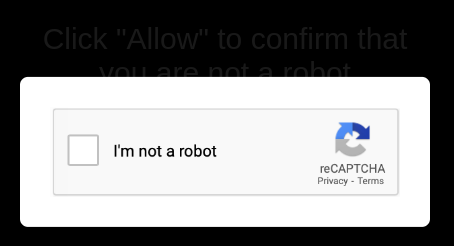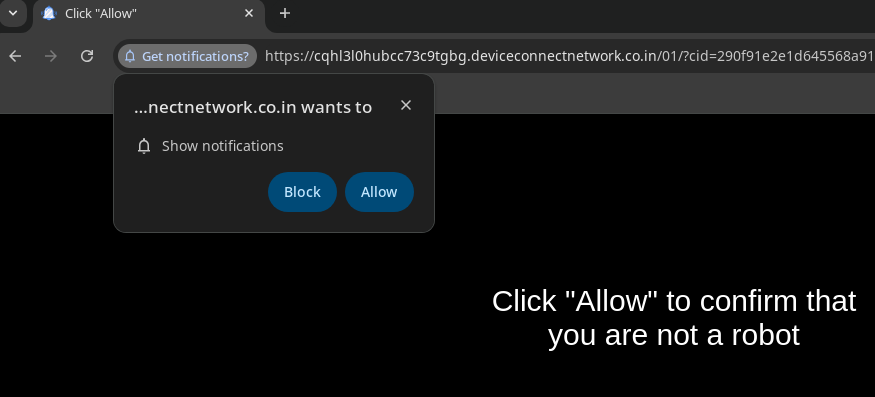Some possible fronts for criminal organizations
AbuseIPDB is a database of abusive IP address, that I contribute to. Basically, a bunch of system administrators (people that run servers) have scripts that detect and report any malicious activity. For my system, I have Fail2ban set up so that any IP addresses that make a single failed login get banned for 24 hours and reported.
This is a really strict Fail2ban policy, and probably wouldn't be acceptable for most use cases. I can only use it because I'm the only person accessing my own servers, so if something goes wrong it's my fault. I first adopted this policy after realizing that I was reporting the same IP address hundreds of times. This IP address (194.169.175.17) belongs to Emanuel Hosting, a web service provider offering some really good rates. Never mind the fact that their servers are in the UK but their address is New Hampshire, or that they always seem to be out of stock, or that trying to buy bare metal servers leads to a 404, or that their terms of service, privacy policy, and acceptable use policy all lead to a 404, or that they never responded to my abuse complaint, despite claiming that they "respond within 12 hours", or that they claim to have 89,099 deployed servers despite the fact that their autonomus system (AS394711) only has 6656 IP addresses.
Everything seems to point to Emanuel Hosting being a badly designed front for some criminal organization. I'm not going to claim outright that they actually are, I'm just saying is that the log in and support buttons lead to the Emanuel Hosting homepage, and not to their actual pages. Also, I'm a legal adult now, and Emanuel Hosting could actually sue me for defamation if I'm wrong about this.
These sorts of sites aren't too hard to find, just go to your email's spam folder and look for a link. Here's a spam email that I received at the beginning of this month.
Return-Path: <[email protected]>
Delivered-To: [email protected]
Received: from mail.natechoe.dev
by mail.natechoe.dev with LMTP
id 5h3rID9/hGZYUwAAYcI5WQ
(envelope-from <[email protected]>)
for <[email protected]>; Tue, 02 Jul 2024 17:29:19 -0500
Received: from localhost (localhost [127.0.0.1])
by mail.natechoe.dev (Postfix) with ESMTP id 8435026AA6F6
for <[email protected]>; Tue, 2 Jul 2024 17:29:19 -0500 (CDT)
X-Virus-Scanned: Yes
X-Spam-Flag: YES
X-Spam-Score: 6.447
X-Spam-Level: ******
X-Spam-Status: Yes, score=6.447 tagged_above=2 required=6.31
tests=[BODY_URI_ONLY=0.001, FSL_BULK_SIG=0.001, HTML_MESSAGE=0.001,
HTTPS_HTTP_MISMATCH=0.1, MIME_HTML_ONLY=0.1, PDS_OTHER_BAD_TLD=1.999,
PYZOR_CHECK=1.985, RCVD_IN_ZEN_BLOCKED_OPENDNS=0.001, RDNS_NONE=1.274,
SPF_HELO_NONE=0.001, SPF_SOFTFAIL=0.972, T_PDS_SHORT_SPOOFED_URL=0.01,
URIBL_BLOCKED=0.001, URIBL_DBL_BLOCKED_OPENDNS=0.001]
autolearn=no autolearn_force=no
Authentication-Results: mail.natechoe.dev; dmarc=none (p=none dis=none) header.from=sonyliv.com
Received-SPF: Softfail (mailfrom) identity=mailfrom; client-ip=85.26.189.171; helo=visitbeijing.com.cn; [email protected]; receiver=natechoe.dev
Received: from visitbeijing.com.cn (unknown [85.26.189.171])
by mail.natechoe.dev (Postfix) with ESMTPS id A8DE126AA7CF
for <[email protected]>; Tue, 2 Jul 2024 17:29:13 -0500 (CDT)
Message-ID: <[email protected]>
From: Moses Vaughan <[email protected]>
To: [email protected]
Subject: Re: your photos
Date: Wed, 3 Jul 2024 01:28:36 +0300
MIME-Version: 1.0
Content-Type: text/html; charset="utf-8"
Content-Transfer-Encoding: 7bit
[-- Autoview using lynx -dump '/var/tmp/mutt.html' --]
Hello! You asked where I saw your photos, in this link -
[1]https://google.com/pics/293e9e
References
1. https://un22pry.bigbonusleader.life/df3prg9?m=1
There's a lot to unpack here. Let's actually start with the headers. This email is "from" [email protected], but SPF failed and there's no DKIM headers, which strongly indicates that someone is badly forging the "from" header. In 2024, any decent email provider should mark these emails as spam, which means that spammers have to buy a domain and set up SPF and DKIM just to reach their mark. These protections don't make spam impossible, but they definitely raise the bar to entry.
Another interesting note is that the IP address that actually sent this email is in Russia, but whoever sent it is pretending to be the Chinese website visitbeijing.com.cn and spoofing the email of an Indian company.
The Google link doesn't actually lead anywhere, it's actually just disguising some other fishy URL. The original HTML source code looks like this:
<html>
<head>
<meta http-equiv="Content-Type" content="text/html; charset=utf-8">
</head>
<body bgColor="#ffffff">
<div align=left><font size=2 face=Arial>Hello! You asked where I saw your photos, in this link - <a href="https://un22pry.bigbonusleader.life/df3prg9?m=1">https://google.com/pics/293e9e</a><br></font></div></body></html>
You can actually disguise any URL as any other URL in HTML. For example, try clicking this link to https://natechoe.dev. The email uses this trick to disguise the real url, https://un22pry.bigbonusleader.life/df3prg9?m=1. The base URL bigbonusleader.life just says "Under construction". The page in the email seems to have some spammy "Hot Singles in YOUR AREA!" type HTML, but it then redirects to some page in search.weekmomeet.live. This redirects to various other pages in a chain of 4 websites. There seem to be some checks in there to redirect you to google.com if you're making too many connections or you're taking too long to access each page, although I'm not entirely sure how to replicate this.
The chain eventually ends in a subdomain of deviceconnectnetwork.co.in, which has a fake captcha screen.

Clicking on the captcha leads the page to ask for notifications.

I stopped here because I didn't want some random spammer sending me notifications. I don't think they'd send anything interesting for a while anyways.
It's interesting that they put the captcha before asking for notifications. Modern javascript is really, really powerful. In the early 2000s, after javascript became powerful but before browser developers made it secure, you could basically embed malware in a website. The infamous "you are an idiot" trojan would, as the name suggests, call you an idiot. When you tried to close the website, however, it would spawn six new copies of itself. Closing one of those copies would spawn six more, and so on. Eventually you'd have hundreds of browser windows open and be forced to shut down your computer.
Nowadays, there are protections against this sort of stuff. For example, in most web browsers, you can only create one popup per click or key press, which makes javascript a lot safer to run. I assume that's why that spammy website had that initial "I am not a robot" button; they have to make the user click to ask for permissions.
A lot of times, spammers will take over some legitimate website and use their infrastructure to host malicious stuff. deviceconnectnetwork.co.in is probably not one of these cases. The base deviceconnectnetwork.co.in domain has a website that was very, very obviously generated by an LLM. They claim to be "A Blog about Everything" and to have "5,000 Articles Published", despite the fact that they have three articles on the entire site. They claim that they've had "10 Years of Storytelling", despite the fact that the deviceconnectnetwork.co.in domain was registered in March of this year. The domain is deviceconnectnetwork.co.in, but the top bar on their website says "Evocative Musings", and the home page says "Eclectic Musings".
Again, maybe I'm wrong about this. All I'm saying is that the Facebook, Twitter, Instagram, and LinkedIn logos at the bottom of the site don't actually lead anywhere, and that the headers in their privacy policy aren't properly formatted.
The existence of these criminal-looking organizations isn't really a secret. If you host a server on the internet and check the logs in an hour, you'll probably find some malicious activity. These people's modus operandi is to attack as many systems as they can completely automatically. These people don't want to hack you specifically, they want to hack as many people as they can, including you. They set up fake websites and organizations to (badly) disguise themselves and scripts to target the entire internet. On a global level, we protect against this with checks like SPF, DKIM, and javascript restrictions. On an individual level we protect against this with common sense, like "don't click on random links in your spam folder", and "keep all your software up to date". These people will never go away, but we can at least keep them at bay.